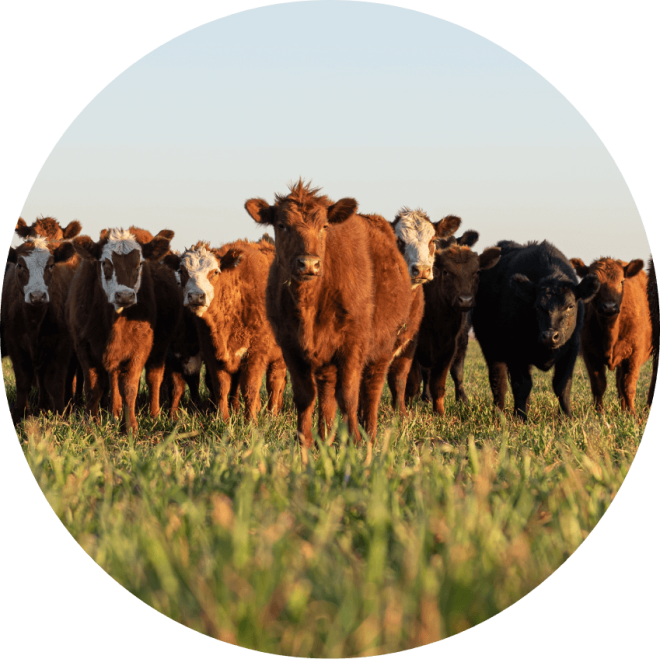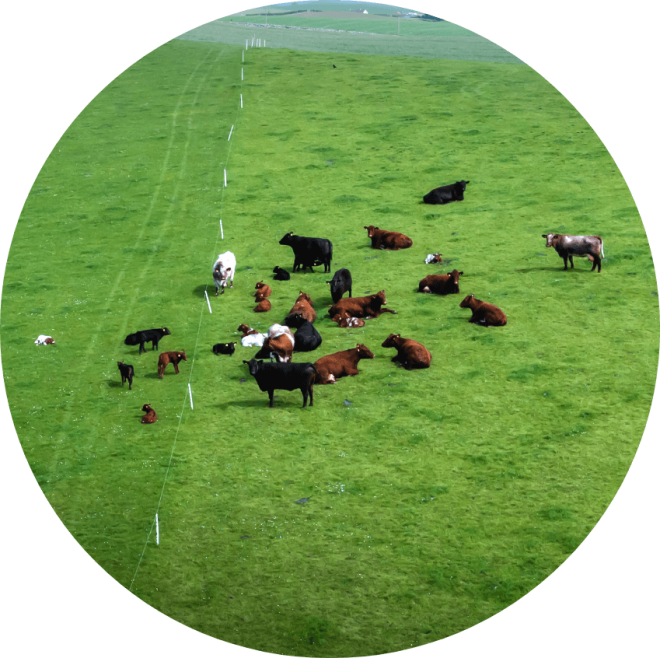Protect your cattle
Parasites – whether they are internal or external – can have an impact on the health and welfare of cattle, especially when they exceed certain thresholds. They can keep animals from realizing their full potential and result in reduced profitability.
There are two types of parasites that can affect cattle. External parasites are easier to see, in terms of being able to identify as well as seeing the effects they have on the animals. Internal parasites are more challenging to identify and sometimes the effects they have on cattle are harder to see or even hidden.
It is important to work with a veterinarian to develop and review a parasite control program for your herd. This can be a combination of diagnosing and treating the problem, while also implementing management strategies to help minimize their impact.
How to know if your cattle have parasites
Cattle affected by external parasites – think flies, lice and mites – are relatively easy to identify and diagnose as the signs can be seen externally on the animal. Internal parasites are much more challenging to diagnose since they cannot be seen and do not always show obvious signs.
Treatment options for parasite control in cattle
Management practices can help reduce parasite populations in both the environment and the animal. However, treatment interventions may still be necessary.
Keep in mind that the goal of treatment is not to eliminate parasites altogether but rather keep the levels low enough to minimize their impacts. Be sure to consult with your veterinarian, who can advise on which treatments may be most suited to your farm and situation.
Talk to your veterinarian about developing and implementing a parasite control program for your herd.




